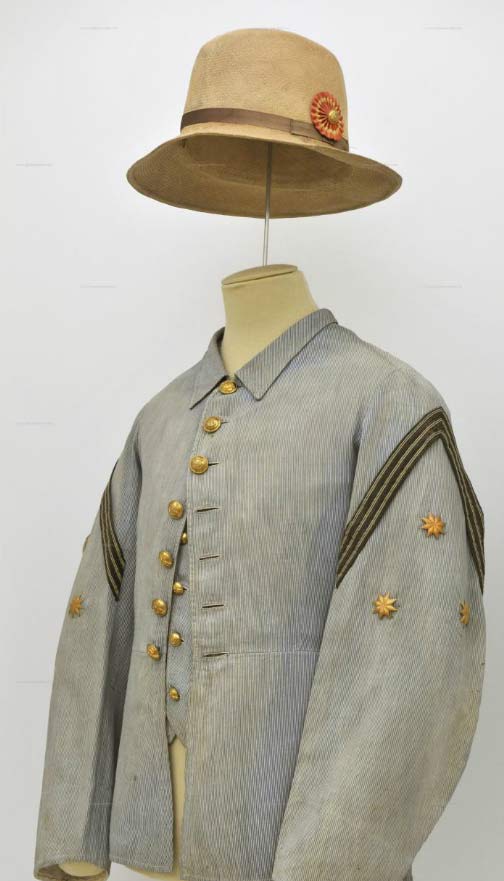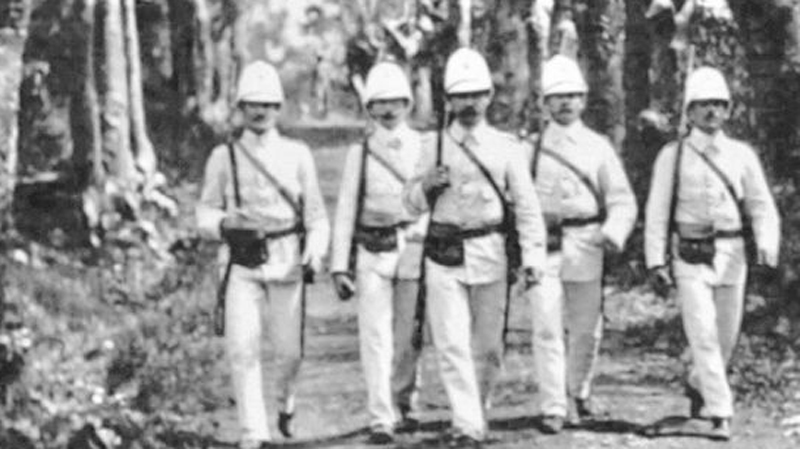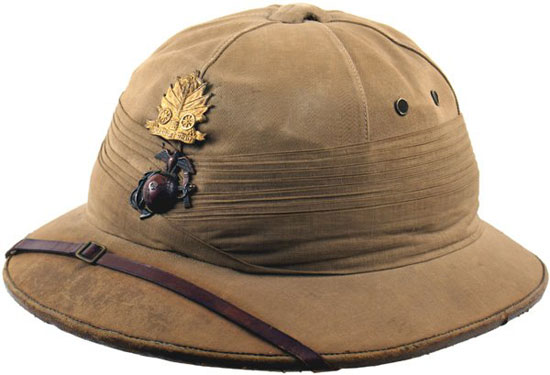
By the late 19th century nations around the world had largely adapted khaki as the de facto color for military uniforms for troops serving in tropical regions. Khaki, which originated from the Persian word for “dust,” was first used in the Indian subcontinent prior to the Indian Mutiny, but by the end of the century had seen use around the word.
However, Spain – a nation that had been among the earliest colonial powers – actually adopted an alternative to khaki. This was “rayadillo,” a cotton fabric that featured blue and white strips. It was worn by Spanish colonial soldiers from the middle of the 19th century until the early 20th century. Continue reading


